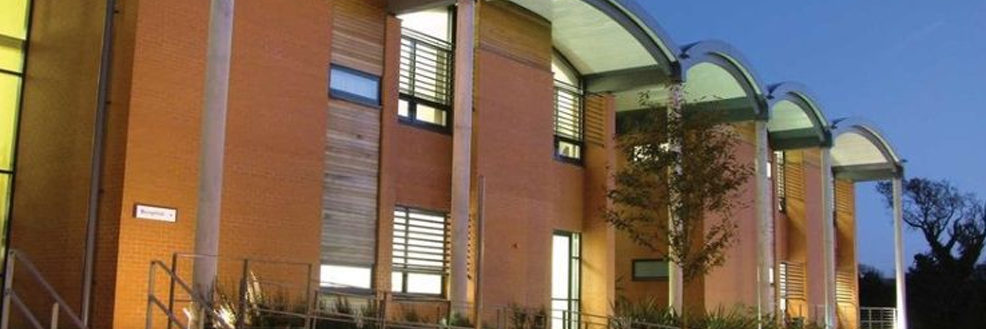Robert Barrington, Professor of Anti-Corruption Practice at the Centre for the Study of Corruption, asks whether the Luanda Leaks are just another leak – or tell us something more about the world of global corruption.
In the age of the transparency revolution, we are growing used to leaks. Wikileaks, the Panama Papers, the Paradise Papers, Luxleaks, Swissleaks, and so on. It would be unsurprising if leak fatigue were to set in. The media will become tired of the same old stories; the public will not want to read about them because the scandals all sound the same, and there is a lot of innuendo and few smoking guns. Before we switch off about leaks, here are three things that strike me about why the dos Santos case could have longer legs:
1. Corruption (allegations of) lies at the heart of this case. In many of the previous leaks, one can see a series of shell companies leading back to something like a privatised State-Owned Enterprise in a post-Soviet country in the nineties. The origin of the money looks suspect, but it is hard to pin a charge of corruption on the acquisition of the funds. In this case, the allegations are that corruption was firmly at play – as well as fraud and theft. Allegations, I emphasise, but clearly about corruption.
2. The heat is mounting on professional enablers. Much of the Luanda Leaks coverage has not been about Ms dos Santos, but about how firms of professional advisers (accountants, lawyers etc, variously called professional enablers or gatekeepers, depending on what level of empathy you are seeking) have facilitated the acquisition and (alleged) laundering of her wealth. Were there not sufficient red flags that they should have approached client take-on with particuar care – or were the rewards so lucrative that the red flags magically became more orangey? The global law enforcement community has been getting steadily more worked up about the ‘enablers’ in recent years – respectable professionals who seem to make a mint and get off scot free by distancing themselves from the illegality. But lawyers and acountants are now firmly in the cross-hairs of regulators, law enforcement agencies and the media.
3. Leaks work. We know a great deal more about global networks of corruption than we did even five years ago, in large part thanks to leaks. As well as shining a light on individual cases, they have other functions – for example, acting as a proxy public register of beneficial ownership, demonstrating the value and public interest of having information that is not solely available to regulators or law enforcement agencies. Like them or not (and some people don’t, because they disclose confidential information) leaks have become easier in the tech age and are part of the transparency revolution. But – it has not been so good for the whistlblowers (leakers). All sorts of laws exist that protect the criminals and criminalise the leakers. Rui Pinto, who was responsible for this round, is currently awaiting trial in Portugal.
By the by, Ms dos Santos has hired the fearsome law firm Schillings to sue the International Consortium of Investigative Journalists, which published and analysed the leaked documents. A multi-billionaire taking legal action against a small NGO is normally a one-sided affair, irrespective of the merits of the arguments, illustrating the complex debate about whether the ultra-wealthy can buy better access to justice when defending themselves and their assets against corruption charges.
We discussed the case in our weekly ‘bring your own scandal’ discussion group this week, part of our MA on Corruption & Governance. Three other excellent points we talked through were:
– The gender dimension. Is this case getting more attention because the protagonist is not just rich but the ‘richest woman’ in Africa? And if Ms Dos Santos were guilty, does this validate the corruption theory that women are less likely to be perpetrators of corruption and more likely to be victims, until they reach a comparable level of wealth and power, at which point things even out?
– Witch hunts. Ms Dos Santos has claimed that not only is she innocent, but the cause of all this is a political witch hunt initiated by her political enemies in Angola rather than kleptocracy. It is worth remembering that both can be true: someone can be both guilty of kleptocracy and the subject of a witch hunt by their political successors keen to ensure that there is no political comeback.
– People get hurt. An associated banker in Portugal has taken his own life. In the real world of corruption cases, that kind of thing happens. But violence against suspects and witnesses pales into insignificance compared to the victims in countries from which the wealth has been looted – the loss of budgets for schools, hospitals, infrastructure, the incentives in the public services to be corrupt in turn, the deterrent to investors.
At first glance, this may look like just another leak. But delving deeper, there is so much in the case that – whether the allegations are true or false – it is likely to be emblematic for years to come.


The forms of corruption in practice:
https://www.academia.edu/41119756/Corruption-involving_criminal_acts_and_legal_corruption_-_economic_and_legal_aspects
It is worth remembering that corruption is a net of influences links and connections
https://www.academia.edu/37741482/Corruption_as_a_net_of_influences_links_and_connections
the knowledge can be more widely discussed and used for next tweets